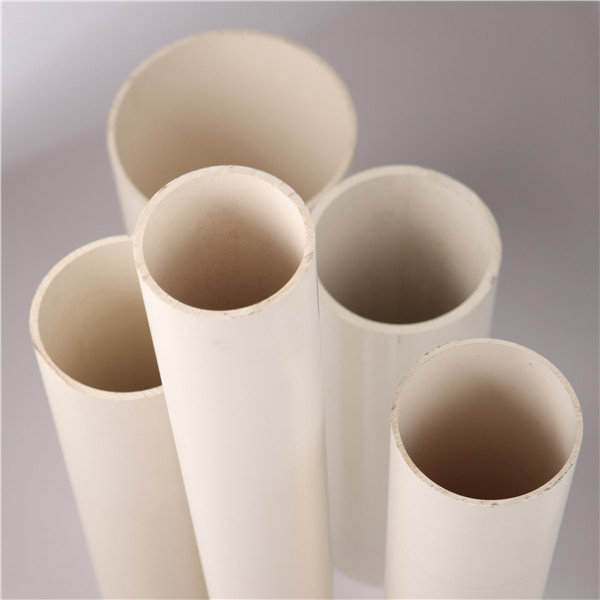Oct . 14, 2024 13:57 Back to list
poly pipe fittings
Understanding Poly Pipe Fittings A Comprehensive Guide
Polyethylene (PE) pipes, commonly referred to as poly pipes, have revolutionized various industries due to their numerous advantages over traditional materials. Their lightweight nature, flexibility, and resistance to corrosion make them an ideal choice for plumbing, irrigation, and drainage systems. However, to ensure optimal performance in any application, understanding poly pipe fittings is crucial.
Poly pipe fittings serve as the connective elements within a piping system. They link sections of poly pipe together, allowing for changes in direction, the addition of branches, or transitions to different types of pipes. Typically made from high-quality polyethylene, these fittings are designed to withstand the same pressures and temperatures as the pipes they connect. This compatibility is key in maintaining system integrity.
One of the most common types of poly pipe fittings is the compression fitting. Compression fittings work by compressing a rubber O-ring against the pipe when the fitting is tightened, creating a watertight seal. This type of fitting is favored for its ease of installation and the ability to disassemble and reassemble without damaging the pipe.
poly pipe fittings

Another important category is the electrofusion fitting. Electro-fusion fittings utilize electrical currents to heat and fuse the polyethylene material at the joint, resulting in a strong, durable bond. This method is particularly advantageous in large-scale applications, such as municipal water supply or extensive irrigation systems, where reliability is paramount. The fusion process also eliminates the need for additional materials like adhesives or sealants, streamlining installation.
In addition to compression and electrofusion fittings, there are also mechanical fittings, which utilize screws and clamps for connections. These are particularly useful for repairs or when connecting poly pipe to different materials, such as metal pipes. Mechanical fittings are versatile and can be adjusted without needing specialized equipment, making them a practical choice for various applications.
Proper installation of poly pipe fittings is crucial for preventing leaks and ensuring a long-lasting system. It's important to follow manufacturer guidelines and best practices for cutting, cleaning, and connecting pipes and fittings. Additionally, as polyethylene can expand and contract with temperature changes, leaving adequate allowances for movement is essential.
In conclusion, poly pipe fittings are integral components of any poly piping system, providing the necessary connections and transitions needed for effective operation. By understanding the different types of fittings available, their applications, and installation techniques, one can maximize the efficiency and longevity of their poly pipe systems. As technology advances, innovations in fitting designs and materials continue to emerge, promising even greater durability and ease of use in the future. Whether for residential gardening or large-scale agricultural needs, poly pipe fittings will remain an essential choice for plumbing solutions.
-
Premium HDPE Water Supply Pipes: Durable & Leak-Proof
NewsAug.03,2025
-
Premium PVC-M Water Supply Pipe - Durable & Efficient
NewsAug.02,2025
-
Premium PP Welding Rod: GPT-4 Turbo Enhanced
NewsAug.01,2025
-
HDPE Drainage & Irrigation Pipe - Durable, Efficient Solutions
NewsAug.01,2025
-
Premium PVC Transparent Pipe: Durable & Clear Solutions
NewsJul.31,2025
-
High-Quality UPVC Electrical Pipe for Safe Wiring Solutions
NewsJul.30,2025

